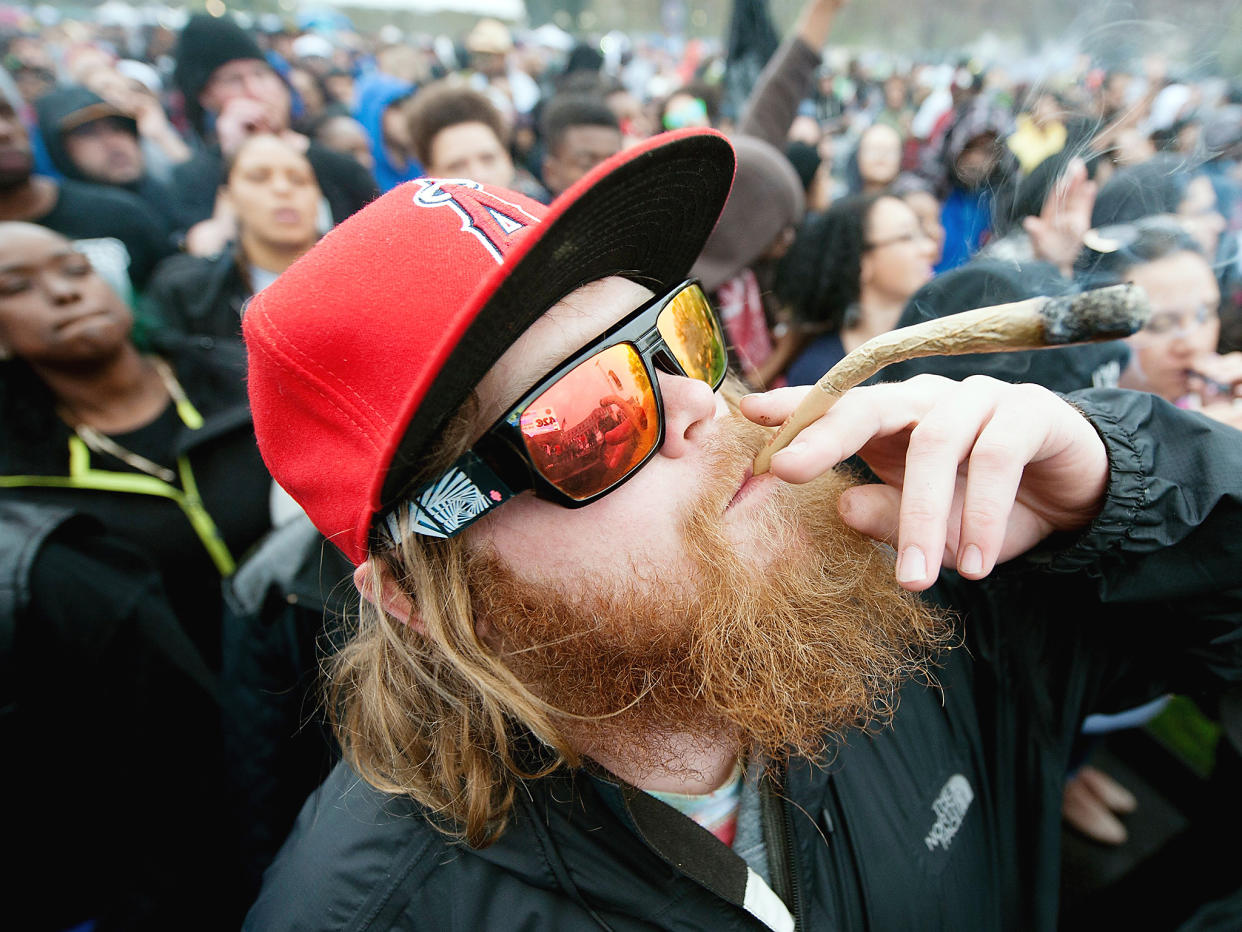Cannabis experts produce 'High'-way Code of 10 tips to help reduce health risks

A new review conducted by some of the world’s leading experts on cannabis provides 10 tips on how to reduce the potential harm of using cannabis.
The latest scientific evidence was used to draw up the Lower-Risk Cannabis Use Guidelines (LRCUG) recognising the lack of research-based advice for the millions of people who use cannabis.
1. Recognising that there is no such thing as a risk-free drug the guidance suggests avoiding cannabis use as the only way to prevent a risk to health. Although this is logical it is impractical given the millions of people in the United Kingdom who use the drug.
2. Delay using cannabis as most adverse health and social effects are associated with people who started using cannabis heavily before the age of 16.
3. Avoid strains of cannabis with high THC and low CBD
4. Don’t use synthetic cannabis also known as legal highs such as ‘spice’, these drugs have been associated with severe acute mental health problems and proved to be fatal for some people who have used them.
5. Find a different way to use cannabis other than smoking, with up to 77% of UK users reporting that they combine tobacco with cannabis in a joint this exposes these individuals to a range of health problems including cancer, heart disease and respiratory illness. Although calibrating the right dose can be difficult using edibles is recommended as a less risky option.
6. Don’t take deep breaths or try holding cannabis smoke in your lungs known as the Valsalva manoeuvre, as this not only increases respiratory trauma but boosts the toxic material ingested.
7. Reflecting guidance on our other favourite drug, alcohol, have a break. Having 1-2 dry days a week is recommended for alcohol for cannabis the reverse is suggested as in only use 1 day a week or at weekends.
8. Wait at least 6 hours before you drive or get on a bike. Although you may need to wait longer depending on how strong the cannabis product is and how intensely and frequently you have used the drug. Impairment is increased if alcohol has been combined with cannabis so it is recommended that driving should be avoided completely.
9. Some people who are particularly vulnerable to the adverse effects of cannabis should refrain from using it altogether. These include pregnant women due to health impact on the foetus. Also, those who have a family history of drug problems or of severe mental health problems such as psychosis.
10. Lastly, any combination of the above will increase the risk to health in the short or long term. For example using high strength cannabis when you are a young teenager magnifies the potential risk to health, both physical and psychological.
The authors of this research recognise that the policy of cannabis prohibition has largely failed and there is a need for pragmatic health advice, particularly in countries that have recently relaxed controls on cannabis which may see more people use the drug.
Acknowledging rather than denying drug use is the first step towards health for individuals who have a problem with drugs.
This principle applies equally to governments and their public health approach to drug use, denial is the least effective method of dealing with the population’s health.


